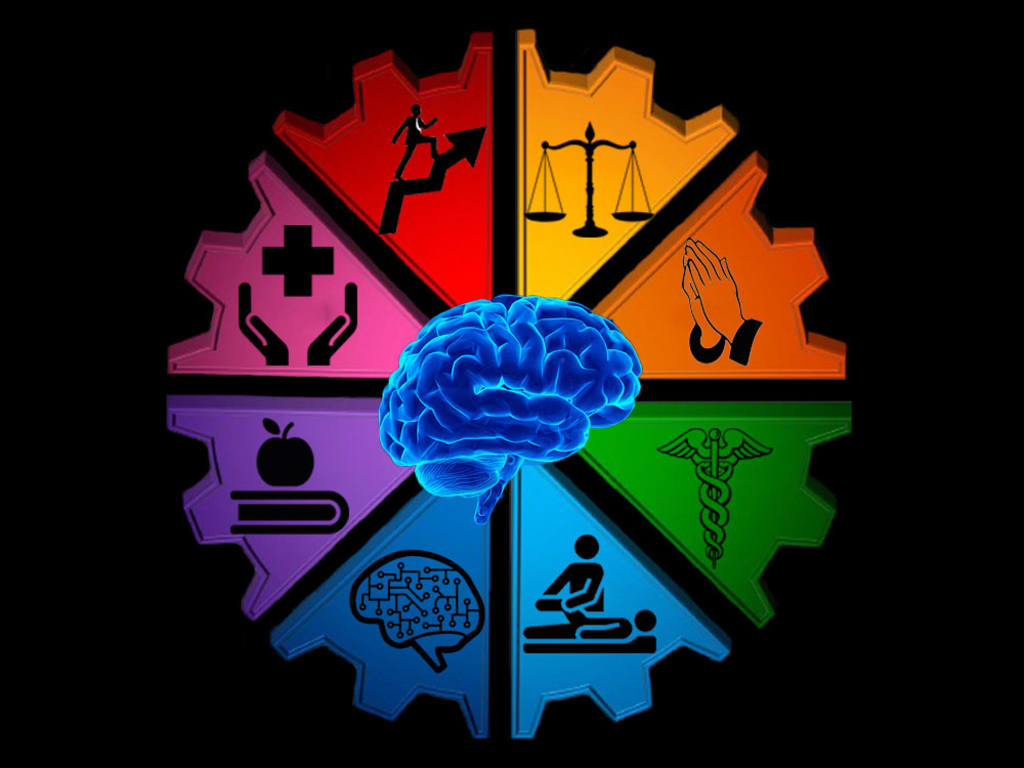False Promises
Unrealistic Expectations from a Developmental Psych Approach

Taking false, unrealistic ideas about what a person should do, think, feel, and look like and placing these ideas into the heads of immature, developing adolescent minds and bodies makes a huge impact on their lives in social, emotional, psychological, and physical aspects. The timeless idea that a man should be thin, muscular, rich, chiseled, intelligent and well-dressed is one such idea that permeates media. The hit television show Suits showcases all of these features in one of the main characters Harvey. He is a high price lawyer in New York who exhibits all of these traits. Not only is this a fictional character, but the lifestyle that Harvey engages in is unrealistic and his physical appearance is doctored by makeup, special effects and intensive preparation.
However, adolescents will continue to watch shows like Suits because it appeals to an ideal, a sense of wanting to be more like the fictional character than a real life person. This can have a huge impact in real life. Excessive dieting and exercise to get the television physique could lead to negative impacts on health and emotional stability.
This in turn can cause extreme academic difficulties because the focus is not on school, but on getting to be the way that a fictional character is. Grades suffer from not paying attention. Academic performance can also suffer due to the fact that other kids, poisoned by the publicly accepted ideal of physique, tease and mock those kids who don’t fit in with that ideal which results in decreased academic performance due to lowered attendance. Determined to be more like the fictional than real, relationships with family and friends can become strained due to the negative health impacts and social instability. A sense that others look down on them could continue to drive the excessive diet and exercise which could lead to sickness. The sickness then can lead to lack of social interaction with family and friends causing a distance between them.
Children become self-aware of body image around the time they begin to understand that it is what they will be judged on in the future. For some kids it is very early due to family input or the opinions of friends and social relationships. Other times it is late because these children have been taught to feel in control and to be more open about themselves. Most of the time, kids become aware of their body image around middle school. This is the time when adolescence is really beginning and huge physical and psychological changes are occurring. The mind is growing more mature and thus so is that kid’s capacity to understand messages given to them by adults and older teenagers.
These messages can be used to define attractiveness these developing minds. Attractiveness ideals change with time and location but a certain definition of attractiveness is almost always initiated by a popular cultural icon. Music and movies stars today influence the way we see beauty and attractiveness because that I what we are taught to acknowledge as attractive, whatever is popular. The definition changes with a change in what becomes famous or popular. These messages are conveyed to adolescents through popular media and public opinion. Movies, music, T.V. shows and other media forms portray these stars as the standard and adolescents in turn use this “popular” standard to judge themselves by even if that person is genetically, culturally, or even racially different. Comparisons of an adolescent with stars such as Scarlet Johansson, Channing Tatum, and others is how adolescents define their ideas of their own body image.
Girls are more pressured to fit in based on outward physical appearance and sexuality. Scarlet Johansson is one person that adolescents see glorified because of her physique and these girls then try their hardest to mimic that and are pressured to mimic that by family, friends, and even strangers by way of media. Guys, while they still have pressure to conform to a standard, they have little more leeway in the terms of physique. A guy can be a little bigger because according to the socially accepted standards, they are supposed to be. It’s okay for a guy to have a little extra weight because that is just something about “being a guy”. That is why it is so different for adolescent guys and girls. Guys have a more fluid, elastic concept of body image than girls do, not because it’s the girls’ fault but because public opinion says so.
To help adolescents feel more in control and more positive about their own body image, adults can begin to change their own views about body image. Beginning to create less rigid terms to define beauty and physical appearance for themselves will end up having a sort of trickle-down effect into the adolescent lives that those adults have some influence or contact with.
Also, adults can begin to portray more realistic images in media. Although that may not be possible, the least adults can do is to teach young adolescent guys and girls that just because it something says this is what you should be and if you aren’t what you’re supposed to be then you aren’t good enough, doesn’t mean it’s true. Real, nonfictional ideals must be used to portray these ideas to adolescents even if it is in small ways.
About the Creator
Cobe Wilson
Gamer, writer, poet, academic.
Purchase photography or merchandise here!!! --> https://the-photography-of-cobe-wilson.creator-spring.com/






Comments
There are no comments for this story
Be the first to respond and start the conversation.